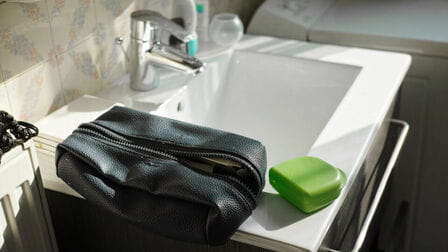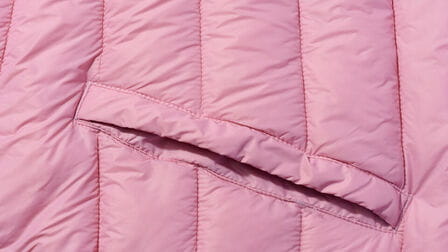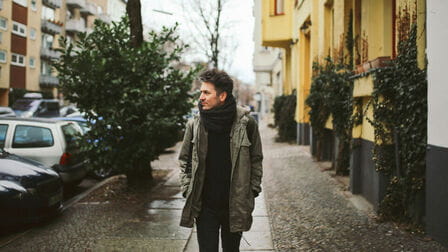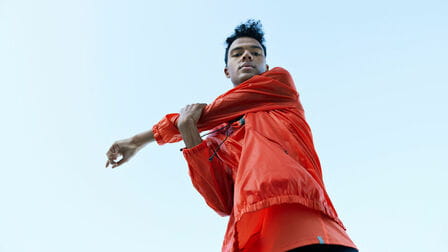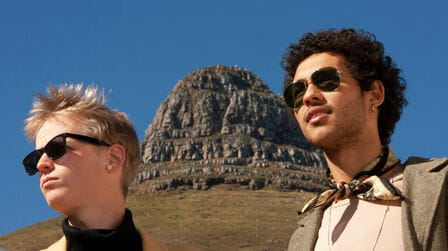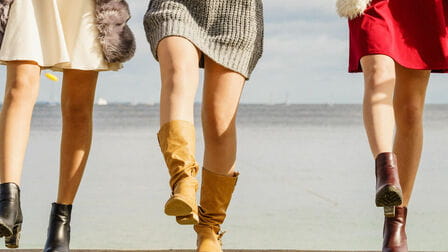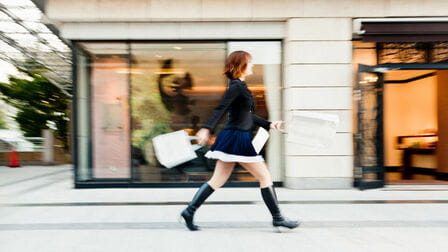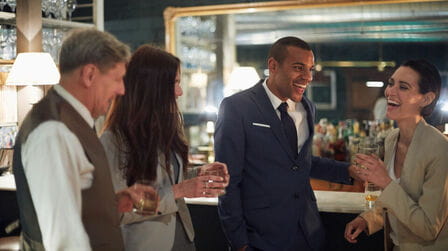The 1970s, a vibrant decade etched in our collective memory as a kaleidoscope of social upheaval, funky fashion, and pulsating music. Two prominent cultural forces dominated the scene: hippie counterculture, a holdover from the 60s peace and love movement, and disco, a flamboyant celebration of hedonism and liberation on the dance floor. But were these two entities diametrically opposed, locked in a cultural clash of tie-dye versus sequins? Or did they share more common ground than we remember?
Hippie Echoes: Peace, Love, and Psychedelic Grooves
The Hippie Movement
The hippie movement carried a torch of anti-war sentiment, environmentalism, and personal freedom from the late 1960s. Their embrace of Eastern philosophies and psychedelic experiences manifested in flowing garments, communal living, and a soundtrack characterized by folk-rock, acid jazz, and the improvisational sounds of Grateful Dead and Jimi Hendrix.
Hippies advocated for social justice, protested against the Vietnam War, and championed alternative living patterns. They saw themselves as revolutionaries, challenging societal norms and seeking spiritual enlightenment through music, art, and nature.
Key Aspects

- Anti-war activism
- Environmentalism
- Communal living
- Psychedelic music
- Flowing, colorful fashion
- Challenging mainstream values
Cultural Impact
The hippie movement had a significant cultural impact in the 70s and beyond. Their aesthetic and ethos spread throughout popular culture. Mainstream media co-opted elements of hippie style. Musical acts across genres incorporated psychedelic and folk influences.
Even as the original hippie communes faded, their legacy lived on in increased environmental awareness, personal empowerment movements, and growing distrust of governmental authority. Hippies were the original counterculture - rebels with both a social cause and a stylistic flair that still echoes today.
Grooving to a Different Drummer
Musically, hippies embraced a wide palette of genres. Psychedelic rock encapsulated their experimental ethos. Improvisational jams celebrated freedom and creative expression. Folk troubadours crooned protest anthems against the establishment.
Underground radio flourished as an alternative to corporate-controlled media. Mainstream artists also got groovy with the vibe. Funk and soul incorporated social commentary with danceable beats. By the end of the decade, disco, punk, and hip-hop started blossoming from the seeds the hippies had planted.
Through it all, the hippies dancing to the beat of their own drum laid the foundation for counterculture movements for decades to come.
Disco Dazzles: Light Shows, Sequins, and Four-on-the-Floor Beats
The Rise of Disco
Disco erupted onto the music scene in the mid-1970s, radiating an entirely different vibe. Born in marginalized communities like African Americans, Latinos, and gay subcultures in New York City, it quickly became a mainstream phenomenon.
Pulsating synth melodies, driving bass lines, and infectious four-on-the-floor beats characterized the music. Fashion went bold - platform shoes, shimmering sequins, and flamboyant jumpsuits adorned the bodies moving rhythmically on dance floors under dazzling light shows.
Disco celebrated freedom of expression, self-indulgence, and the communal joy of rhythm. It offered an escape from economic anxieties and social unrest, fostering unity through movement and uninhibited fun.
Musical Elements
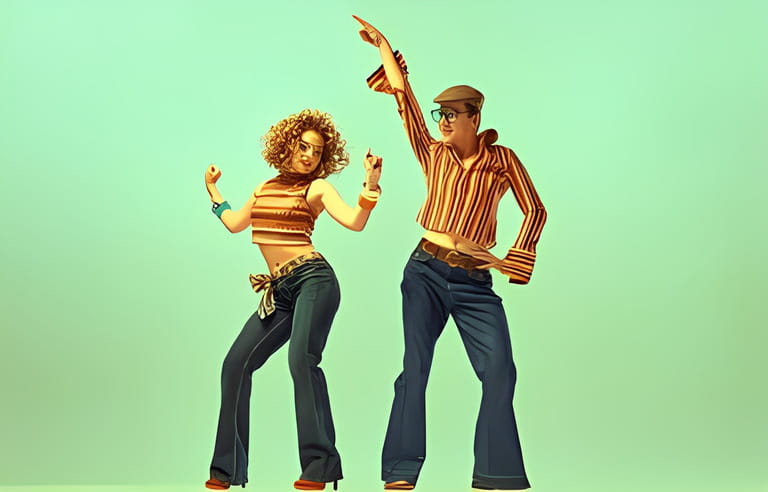
- Four-on-the-floor beat
- Electronically produced arrangements
- Orchestral string sections
- Prominent bass lines
- Sultry vocals
- Lyrical themes of partying, dancing, romance
Cultural Impact
Disco music and fashion left an indelible mark on pop culture. Its sounds formed the foundations of dance music for decades, influencing genres like house, techno, and electronica. Visually, it brought glitter and glamour back into mainstream consciousness with an audacious celebration of queerness and feminine expression.
Beyond the dance floor, disco echoed as a cultural phenomenon - a liberating escape hatch from sociopolitical tensions, setting the stage for future youth countercultures seeking catharsis under the strobe lights.
Lighting Up the Dance Floor

Disco fried so bright, it inevitably burned out. Yet in its heyday, it ignited dance floors into spaces of communal ecstasy and personal freedom. Artists rode its grooves to lofty charts and packed shows.
Partyers from all walks joined its welcoming embrace - gay and straight, black and white, soul fans and rockers. Its fashion put sexiness and flamboyance center stage with unapologetic extravagance.
For many, disco's pulsing escapism provided joyous refuge from post-60s disillusionment and financial insecurity. Like all outbreaks built on liberation and excess, the disco inferno raged hard before flaming out. But the embers left behind would fuel future cultural blazes.
Crossroads of Culture: Shared Threads in Two Tapestry
Blending of Styles
While seemingly worlds apart, these two movements weren't completely isolated. Hippies, disillusioned with political failures and searching for new forms of expression, found themselves drawn to the pulsating energy of disco.
Some adopted its flamboyant fashion, incorporating it into their free-flowing style. Others discovered solace in the communal spirit of discotheques, finding belonging beyond stale activism.
As hippie idealism waned, dance-centric disco offered a refreshing outlet. Escapist partying paved the road to hedonism over militancy for ex-radicals. And for the mainstream, disco's spectacle shattered barriers, inviting self-expression amidst stifling conservatism.
Artistic Cross-Pollination

Musically too, these cultures blended styles. Artists like Bee Gees incorporated soulful singing and introspective lyrics into their catchy disco tunes. Funk bands adopted the synthesizers popularized in discotheques. And Donna Summer's empowering dance anthems echoed both the feminist spirit of the counterculture and the liberating joy of the dance floor.
As the 70s progressed, musical borders blurred between folk, funk, rock, and disco. Dancing hippies found escape through thumping four-on-the-floor beats. Strobe-lit discotheques pulsed with psychedelic synths and guitar freakouts. Mirror balls illuminated a crossroads where self-discovery met self-indulgence, politics met partying - a fusion space capturing the eclectic energy of the times.
Beyond the Binary: A Spectrum of Grooves
Emerging Scenes
However, to simply categorize the 70s as a battle between disco and hippie would be a reductive approach. The decade buzzed as a complex tapestry of diverse music, fashion, and political ideologies beyond this binary.
Glam rock offered an androgynous rebellion against social norms with metallic riffs and gender-bending style. Proto-punk exploded from garage bands with raw energy, nonconformity, and social commentary.
Feminist ideals also flourished, with women redefining their roles in both society and on the artistic scene. And across genres, African American artists innovated techniques and sounds that reverberate to this day.
Far from a two-party system, the 70s saw myriad cultural threads leaving provocative marks.
Other Key Genres

- Progressive rock
- Reggae
- Soul
- Jazz fusion
- Country pop
Something for Everyone
Rather than a hippie vs disco face-off, the 70s dance floor held space for all styles. The decade buzzed with diversity, creative freedom, and barriers steadily dissolving between underground and mainstream.
Strains of folk, rock, funk, and more all made their way onto disco's pulsing floor. No one sound dominated. Audiences grooved to numerous vibes. Artists blended genres, reaching across divide through collaborative jams and tours.
The 70s welcomed originality over orthodoxy - a mixing pot where people came together under blinking lights to commune and celebrate through music. A rainbow coalition found common cause on accepting dance floors, soundtracking a new era of liberation.
The Legacy of Grooves: Beyond Labels, Finding the Funk
Lasting Reverberations
Looking back, the 70s wasn't a battleground for conflicting musical and cultural ideologies, but rather a dynamic interplay of diverse expressions. Hippies and disco dancers represented opposite ends of a spectrum, each offering a unique and valuable perspective on the decade's spirit.
Ultimately, the era was defined by a shared human desire for connection, self-expression, and freedom - impulses that reverberate through each generation since in new permutations.
Still Feeling the Vibe
Bits of disco glitz and hippie styles still sneak their way into modern fashion trends. Psych rock makes periodic comebacks between synthpop waves. Remixed Donna Summer tracks still ignite clubs. Groovy, jazzy funk continues reverberating through genres.
We keep looking back to these eras for inspiration in their fearless innovation, inclusive ethos, and celebration of weirdness. The 70s attitude of mingling politics with pleasure, depth with dazzle, lives on in boundary-crossing artists to this day.
Both hippie and disco held space for revolution - personal, social, and artistic. Their fusion presaged our present world where creative freedom intersects cultural activism, where music, fashion, and lifestyle intermingle as statements. Wherever freak flags fly in glittering defiance today, that 70s spirit still pulses. So keep calm and get groovy, baby!


